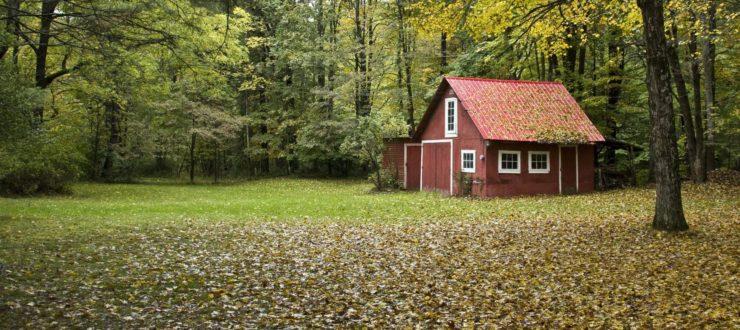
With some honest assessment, anyone can follow these steps to success. Here’s a SMART example of a hunter trying to boost the quail population on his small farm and getting marvelous results. Follow the acronym to see how it worked.
This isn’t for lack of desire or necessity; quite the opposite, actually. We all want to be healthier, be better parents, save more money, have less stress and more time to spend with the ones we love. Some of our readers want to have a more successful hunting season, be a more efficient land manager, or secure a more productive harvest.
The only thing wrong with these resolutions is how we make them. In fact, most of us stop short of our goals because we didn’t properly start them in the first place.
To affect real change, goals should be SMART: Specific, Measurable, Achievable, Relevant, and Time-Based. This method, which works just as well in January as it does any time of year, has served as an effective technique for people seeking anything from weight loss to 10% growth on their company’s bottom line.
With some honest assessment, anyone can follow these steps to success. Here’s a SMART example of a hunter trying to boost the quail population on his small farm and getting marvelous results. Follow the acronym to see how it worked.
Specific
We wanted to be able to have two successful quail hunts by raising the population on our land while also not allowing those two hunts to decimate the quail numbers. It was important for us to consider the two strongest factors in maintaining quail numbers, both to set a target and to hold us accountable.
Tip: Detailed goals are necessary because they focus attention on the desired change. When you create your goals, consider exactly you want to do and what may help or hold you back.
Measurable
We had two hunts that we wanted to hold, a small one at the beginning of the season in early October and a large one closer to Christmas. The early fall hunt would give us an idea of how successful our new food plots and management tactics had been. The holiday hunt would be the true test, and our goal was substantial; we hoped our eight invited hunters would each get 10 quails, a sizeable harvest (yet within our state’s bag limit). That size harvest would tell us if we had managed the coveys back from the dwindled numbers that we had seen in recent years.
Tip: If you can’t measure your goal, then you need to rewrite your goal. Being able to track and account for your efforts is one of the strongest methods of identifying success and challenge markers. Think of your goal numerically, whether it’s in quails, pounds, minutes, pages, or games played with your kids.
Achievable
We had worked on building our quail population in the past, but needed a push to get us where we wanted to be by the holiday hunt, which involved friends and family. We set our measurable goal based on the number of people we expected and the maximum bag limit (which, for us, is 12). Our previous year’s hunts were between five and eight birds a piece, so the goal of ten was a stretch, but not unrealistically so--especially since we were actively trying to increase our numbers.
Tip: When you set an unrealistic goal, you set yourself up for failure--but don’t make it too easy. Do some research and be honest about what you are doing now and what room you have to do more. You want to feel a palpable--but not uncomfortable--tension between your capabilities and what you want to achieve.
Relevant
The success of the holiday hunt was important to us, and so was creating and honing land management techniques that would maintain quail populations year after year. It would have been easy (and it was often tempting) to simply spread seed for forage to help our coveys grow. But we knew based on research that the extra effort of actually harrowing and planting millet along fencerows and on the edge of brushy treelines would have a much more profound effect for our population in the long run. So that’s what we did.
Tip: For a goal to be achievable, it has to mean something to you. The more thought you put into each and every step, the stronger those steps will be, and the more they strengthen the strides to come. Imagine--and keep imagining--what your goal will look and feel like once it is successful.
Time-Based
We knew that we wouldn’t be hosting a wildly successful hunt within one season. In fact, we weren’t at all certain that it could be done in two; however, we had to start somewhere. We committed to our goal, dug in our heels and got to work, using the parameters of our goal as a guide.
Tip: Every goal has a start date, and every goal should have an end or a progress-by date, too. This helps set the parameters for the other elements of your goal, and it helps you re-establish your goal once you have successfully achieved it or learn more about what it takes to be successful.
At the end of our example, after new food plots, careful management of cover areas, and a little extra effort in predator management, the 80-bird goal for the holiday hunt proved to be a little too aggressive for the quail hunters, but they did improve their daily average, and they have another year of data to compare for the next season’s SMART goal.
Tip: SMART goal setters never lose; they learn. Always look for the win, even if you missed your numbers or your targets. Evaluate the methods that worked. Calibrate the ones that didn’t. Celebrate what you did achieve. And start again.
What are your goals for 2018? Ragan & Massey can help you with yours.
